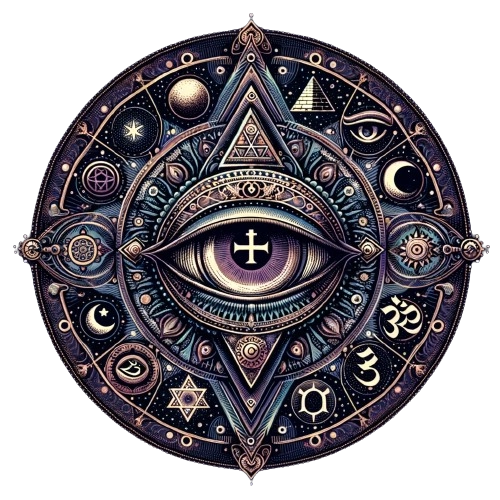
- Published on
- Authors

- Name
- You
The Vedas and Upanishads: Sacred Texts of Spiritual Wisdom
Introduction
In the vast tapestry of human spiritual history, few texts are as revered and enigmatic as the Vedas and Upanishads. These ancient Indian scriptures have provided profound insights into the nature of existence, the universe, and the human soul. In this article, we will explore the historical significance of these texts, their core teachings, and their relevance in bridging the worlds of science and spirituality.
Historical Significance
The Vedas: A Repository of Knowledge
The Vedas, meaning "knowledge" in Sanskrit, are a collection of hymns, chants, and rituals composed at least 3,000 years ago. There are four Vedas:
- Rigveda: A compilation of hymns praising various deities.
- Samaveda: Hymns mainly focused on musical chants.
- Yajurveda: Prose mantras for worshipping rituals.
- Atharvaveda: Spells, incantations, and mystical hymns.
Each Veda consists of four parts:
- Samhitas: Hymns and mantras.
- Brahmanas: Commentary on rituals and ceremonies.
- Aranyakas: Theological discussions.
- Upanishads: Philosophical discourses.
The Upanishads: Philosophical Discourses
While the Vedas serve as the foundational texts, the Upanishads mark the transition from ritualistic practice to philosophical inquiry. There are over 200 Upanishads, with 13 described as the principal Upanishads. They are primarily concerned with the internalization of Vedic practices and notions such as Brahman (universal consciousness) and Atman (individual soul).
Core Teachings
| Concept | Vedas | Upanishads |
|---|---|---|
| Brahman | Skeletal mention, linked with deities | Central tenet; ultimate, unchanging reality |
| Atman | Linked with rituals | Core concept; innermost essence or soul |
| Karma | Relates to rituals and actions | Ethical cause and effect mechanism |
| Moksha | Implied through good actions | Liberation from the cycle of rebirth |
Dharma and Karma
The Vedas introduce the concepts of dharma (duty/righteousness) and karma (action), which are expanded upon in the Upanishads. Karma, within the Upanishadic context, is not merely action but the intent behind actions which binds the soul to samsara (the cycle of rebirth).
Brahman and Atman: Unity
The Upanishads assert the essential unity of Brahman and Atman, emphasizing the idea that realizing this unity—through meditation, ethical living, and wisdom—leads to liberation or moksha.
Bridging Science and Spirituality
The ancient seers who composed the Vedas and Upanishads possessed a profound understanding of the cosmos, which often parallels modern scientific discoveries. For instance:
- Cosmology: The cyclical nature of the universe detailed in the Vedic texts finds resonance with modern cosmology's cyclical models.
- Quantum Physics: The Upanishadic concept of a unified underlying reality (Brahman) mirrors ideas from quantum physics that suggest a deeply interconnected universe.
- Consciousness Studies: Modern neuroscience and psychology increasingly acknowledge states of consciousness explored in these texts.
Aspects like meditation and mindfulness, rooted in these ancient practices, have shown scientifically measurable benefits, creating a compelling dialogue between mystical wisdom and empirical science.
Conclusion
The Vedas and Upanishads offer timeless spiritual wisdom that continues to be relevant in our quest to understand the nature of reality. Their teachings not only answer life's profound questions but also provide a bridge between the age-old mystical doctrines and contemporary scientific inquiry. As we navigate through the complexities of modern existence, these sacred texts stand as beacons, guiding us toward a more comprehensive understanding of ourselves and the universe.
In exploring the Vedas and Upanishads, we find a confluence of thought where ancient mysticism meets advanced science, offering us a holistic perspective on life's greatest mysteries.
